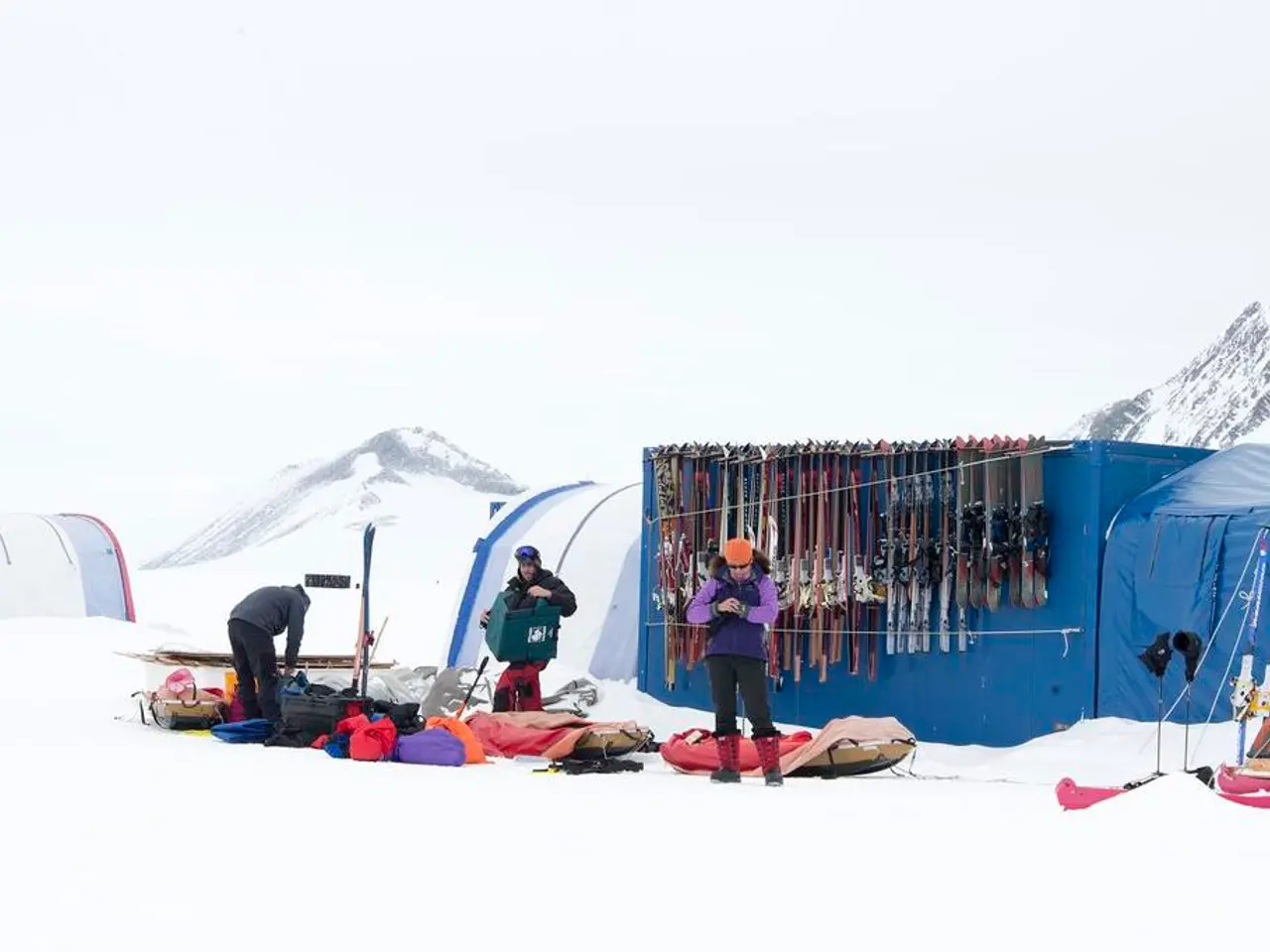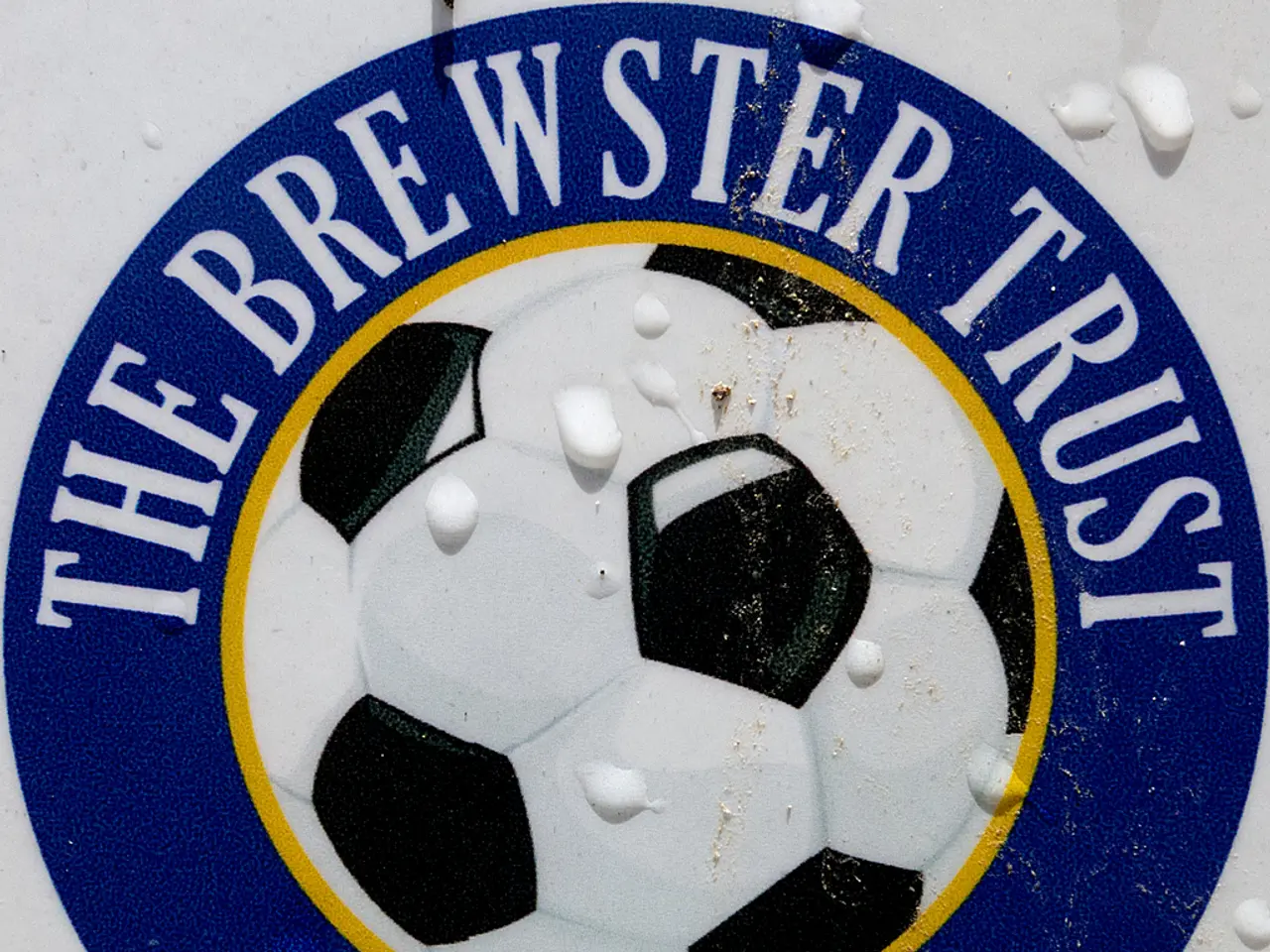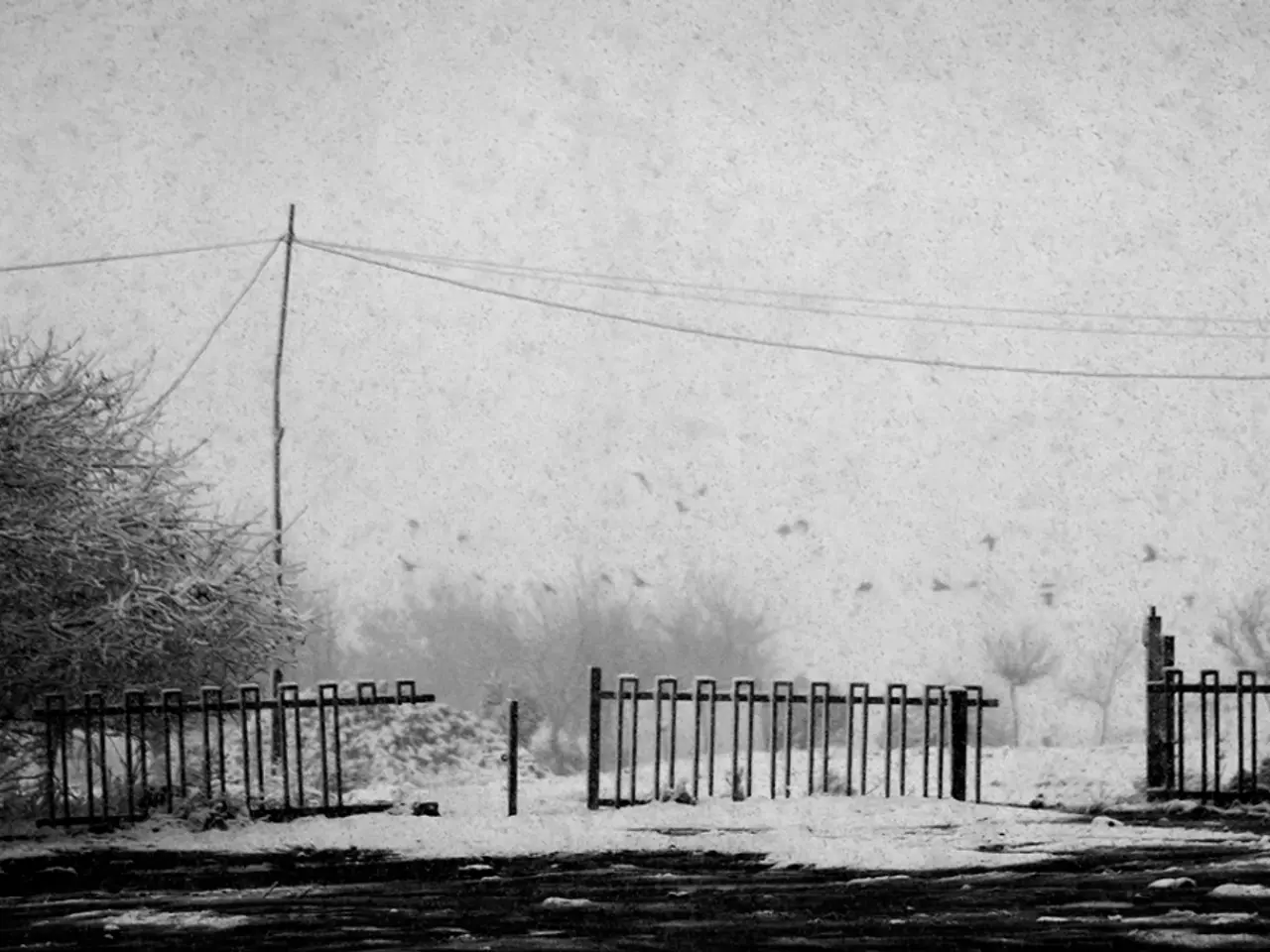Imminent Avalanches Signal Crucial Alert
Avalanche Risks on New Zealand Slopes: Three Incidents Over the Weekend
Over the weekend, at least three avalanches occurred near ski fields in New Zealand, serving as a reminder of the significant avalanche problem that the New Zealand Avalanche Advisory (NZAA) identified for the weekend.
On Saturday, a snowboarder in a party of three triggered a persistent slab avalanche outside the Fox Peak ski area in the Mackenzie Region, resulting in a 250-meter-long, 50-meter-wide avalanche. Despite several close calls, no injuries were reported. Similarly, on the same day, a skier in a party of three triggered a persistent slab avalanche in the Craigieburn Range, Canterbury, not far outside the Porters ski area. After a comprehensive search, no one was found, and the search was concluded.
On Sunday, the Turoa ski patrol on Mt Ruapehu reported signs of an avalanche outside the ski area, prompting a search operation. Thankfully, no one was found.
These incidents highlight the unpredictable nature of these slabs, which can be triggered from a distance. Persistent slabs are characterized by difficult-to-detect layers buried deep within a snowpack.
In contrast, skiing within the ski field boundary means you're within a controlled environment where ski patrols monitor and manage avalanche danger. However, skiing in the backcountry is an uncontrolled, wild environment, where avalanche hazards are not actively managed.
The Mountain Safety Council (MSC) in New Zealand recommends several key backcountry precautions for skiers and snowboarders to manage avalanche risks. These include ensuring everyone in the party has the required skills, training, and avalanche safety equipment; checking the avalanche forecast prior to heading out; and avoiding alpine routes unless fully equipped and experienced. Additionally, packing warm, weather-appropriate clothing such as hats, gloves, and waterproof jackets, as well as carrying working communication devices, is advised.
MSC chief executive Mike Daisley emphasized this as a reminder that avalanches can happen anytime in the alpine backcountry. He urged people to always have the basics covered, including avalanche skills and equipment, and to consult forecast updates every time before venturing out.
The NZAA operates under MSC and provides daily avalanche forecasts for 13 backcountry alpine regions around Aotearoa. Hikers and trampers can find the avalanche forecast under alerts on Plan My Walk. Backcountry enthusiasts are advised to get the NZAA avalanche forecast, adapt their plans based on the information, have proper training, carry avalanche rescue equipment, and know how to use it.
Those venturing beyond the patrolled ski area boundaries need to take responsibility for assessing the terrain, understanding snow conditions, and making safe decisions. The debris was thoroughly searched using avalanche transceivers, followed by a RECCO detector, and then the local Search and Rescue Dogs Avalanche team.
In summary, to reduce avalanche risks in New Zealand’s backcountry skiing or snowboarding:
- Obtain avalanche safety training and develop the required skills
- Carry avalanche rescue gear (transceivers, probes, shovels)
- Check current avalanche forecasts consistently
- Only enter alpine terrain if all group members are fully equipped and experienced
- Bring warm, waterproof clothing and communication tools for emergencies.
Sports enthusiasts venturing into New Zealand's backcountry for skiing or snowboarding should be mindful of the unpredictable avalanche risks. To minimize these risks, it's essential to get avalanche safety training, carry avalanche rescue gear, and check the daily avalanche forecast provided by the New Zealand Avalanche Advisory.







